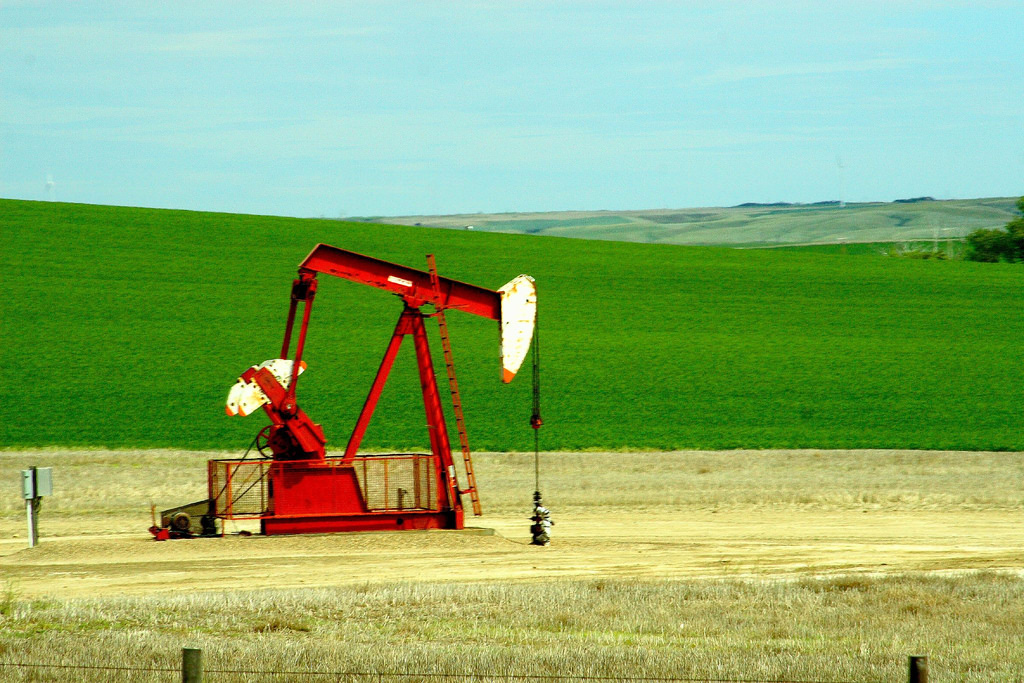After year one of the Inactive Well Compliance Program, what’s next?
Thousands of inactive oil and gas wells dot Alberta’s landscape.
In July 2014, the Alberta Energy Regulator (AER) revealed that 37,000 out of 80,000 inactive oil and gas wells in Alberta were out of compliance with Directive 013: Suspension Requirements for Wells. Directive 013 requires regular pressure testing and inspections of inactive wells to ensure that they remain in a safe and secure condition.
In order to address this situation, the AER announced the Inactive Well Compliance Program (IWCP). The IWCP is a five-year program, which began on April 1, 2015, to bring inactive wells into compliance with Directive 013. Well licensees who registered their inactive wells in the program were required to bring 20 per cent of their wells into compliance in each year of the program.
Early progress to report
The first year of the IWCP ended on March 31, giving us an opportunity to assess whether the program is meeting its objectives. And, we are pleased to note that significant progress has taken place.
At the start of the IWCP, there were 26,580 out-of-compliance wells registered in the program. The target for the first year was to bring approximately 5,660 wells into compliance. One year later, there are 17,470 out-of-compliance wells, meaning more than 8,300 wells have been brought into compliance.
The total number of wells out of compliance with Directive 013, including those the IWCP and those outside of the IWCP, has fallen from 37,000 in July 2014 to just over 19,000 as of March 31. This is a result of licensees making a concerted effort to bring wells into compliance and increased attention by the AER to compliance reporting.
It is clear that the IWCP more than met its first-year goal. Many licensees have far exceeded their first-year obligations and will be in a good position to bring their remaining wells into compliance before the end of the program. The AER is to be commended for a good start in addressing this long standing problem.
Looking ahead
While good progress has been made, it is important to remember that the IWCP is a phased five-year amnesty program for wells that should have been in compliance from the day they were suspended. There are still more than 19,000 inactive wells in the province that do not meet the AER’s standards for safety and security. That should continue to concern all Albertans.
There are also over 200 licensees registered in the IWCP that did not meet their first-year goal. In other words, more than 200 licensees were given an opportunity to work towards compliance in a phased manner and did not meet even that relaxed standard. This leaves the question of what the AER will do about chronic offenders who have shown no intent of bringing their wells into compliance. How long will the AER allow these chronic offenders to operate?
And, as of March 31, there were almost 1,700 inactive wells out of compliance that are not in the IWCP. When the AER announced the IWCP in July 2014, they stated that any out of compliance wells not registered in the IWCP would have to be brought into compliance immediately. This has not been the case for these almost 1,700 wells. How long will the AER allow this non-compliance to continue?
Finally, we need to remember that the number of inactive wells has not significantly decreased since July 2014. There are still 79,022 inactive wells in Alberta. While more inactive wells are in compliance with Directive 013, inactive wells are still not being abandoned and reclaimed in a timely manner. As of March 31, there were 16,460 wells that have been inactive for more than 10 years, but have not been abandoned and reclaimed. As we have argued previously, the Government of Alberta should set fixed time limits for the abandonment of inactive wells and the reclamation of the land back to productive agricultural, forest and natural grasslands.
While the IWCP is off to a good start, there is some fear that the easiest wells to bring into compliance and those that only required paperwork to be completed may have been the target during this first year. The more difficult wells to bring into compliance may still be out there. The second year of the program will be a better indicator of success. And, in the meantime, we continue to look for signals that the question of timely well abandonment and reclamation will be addressed.


